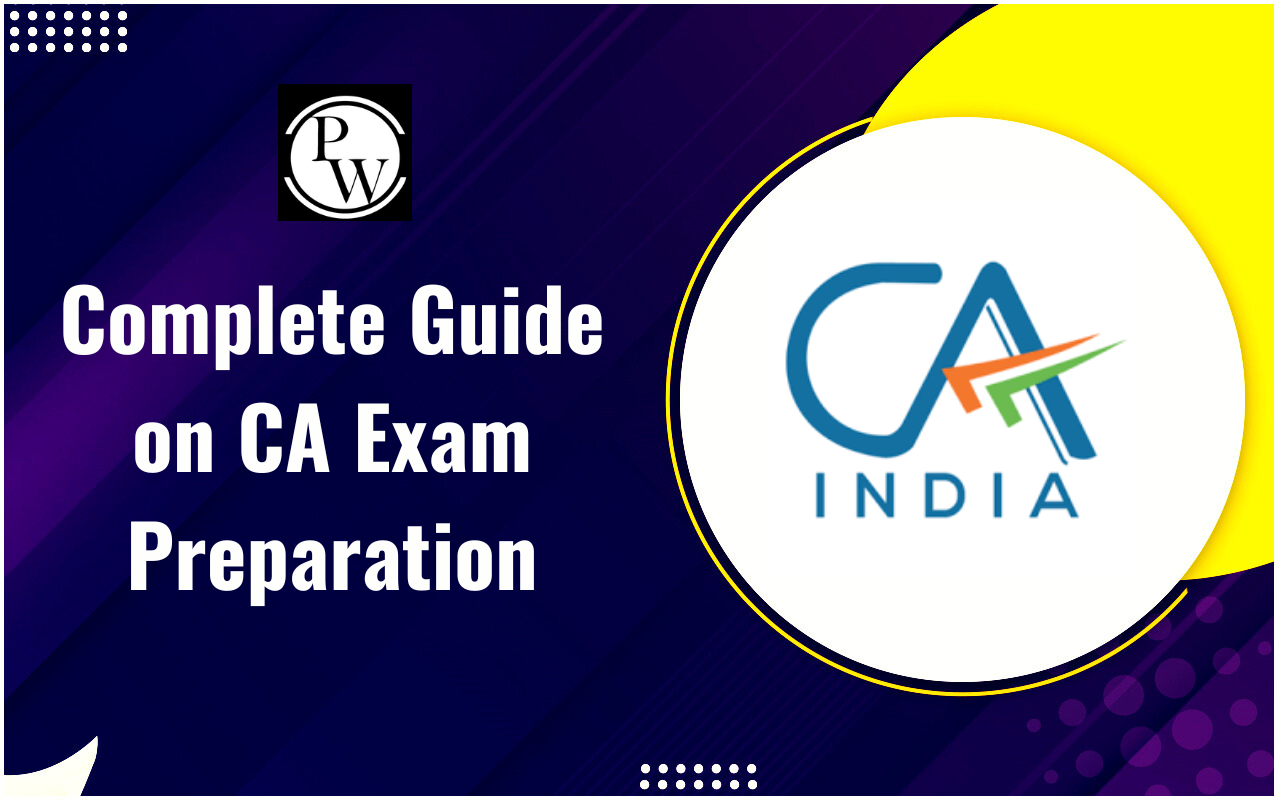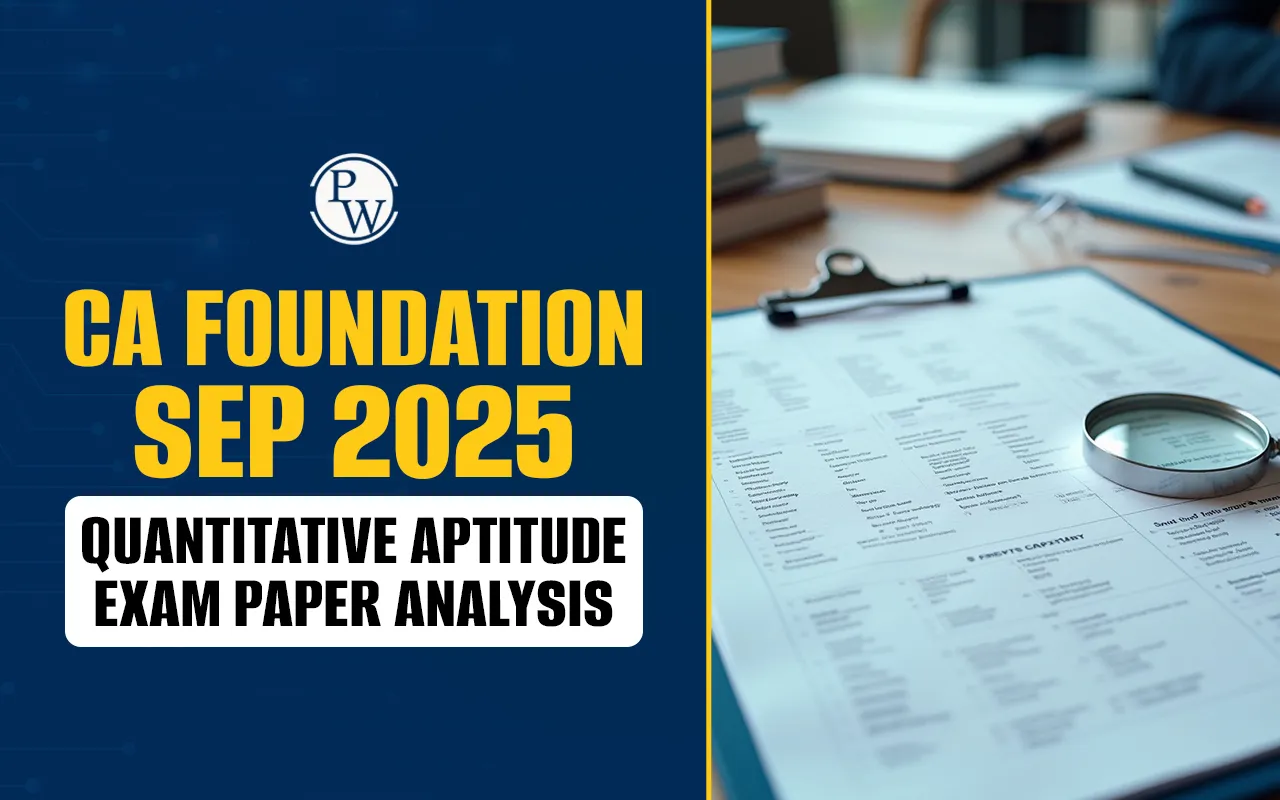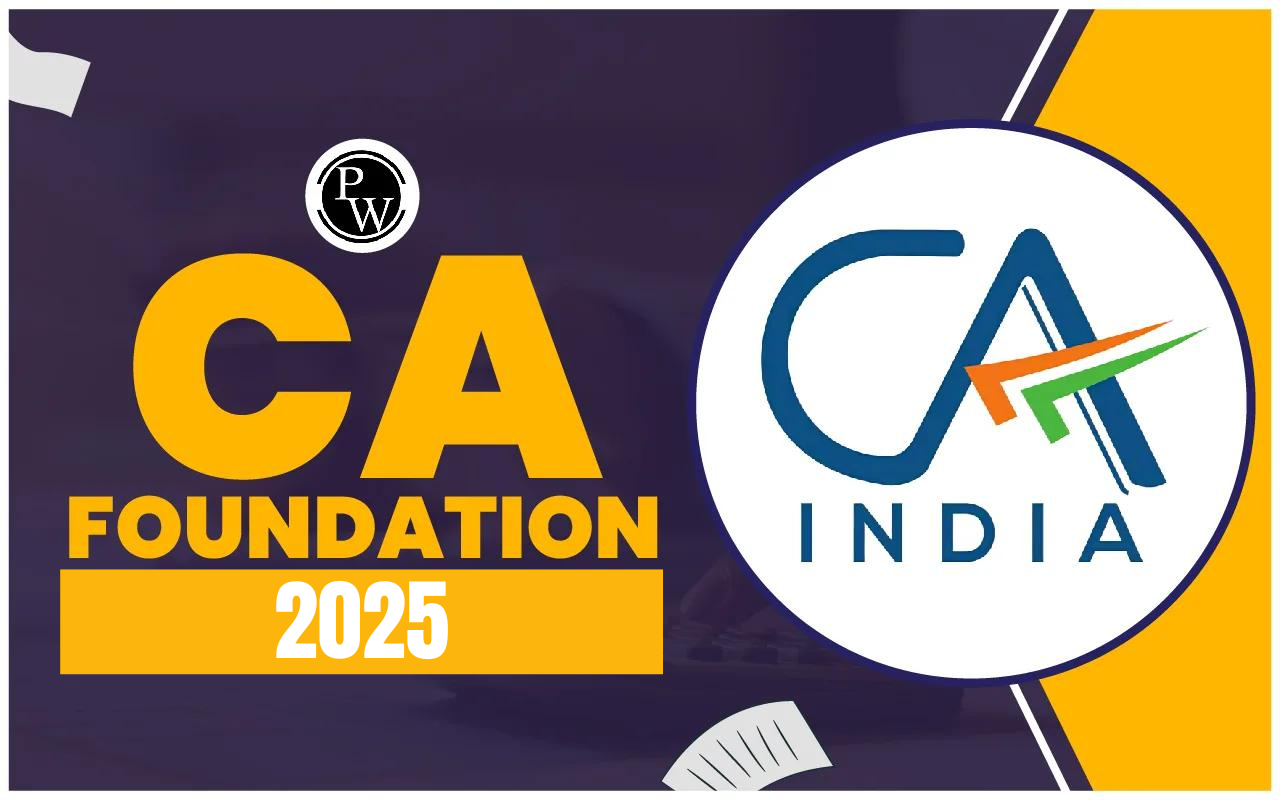

In today's interconnected global economy, international tax planning has become an integral part of the financial strategy for multinational corporations and businesses operating across borders. India, as one of the world's fastest-growing economies, is no exception.
Recent years have witnessed significant developments in international tax planning strategies in India, driven by changes in domestic tax laws, global initiatives, and the evolving nature of international business. In this blog, we will explore the recent trends in international tax planning strategies in India, their impact, and the challenges they pose.Evolution of International Taxation in India
To understand the present state of international tax planning in India, it is crucial to explore its historical development. India's stance on international taxation has transformed considerably throughout the years, mirroring its increasing incorporation into the worldwide economic system.Historical Context
In the past, India utilized a territorial-oriented tax system, wherein only income generated within the nation's boundaries was subject to taxation. Nonetheless, with the surge of globalization, this method was found to be insufficient for taxing the earnings of multinational corporations conducting business in India. Consequently, a shift was made to a source-based taxation system, whereby income originating from activities in India, regardless of the entity's foreign ownership, became liable to Indian taxation.Major Changes in Indian Tax Laws and Regulations
Introduction of Transfer Pricing Regulations: One of the pivotal changes in Indian tax laws was the introduction of transfer pricing regulations in 2001. This ensured that transactions between related parties were conducted at arm's length prices, preventing profit shifting through manipulation of prices in cross-border transactions.- Amendments to Double Taxation Avoidance Agreements (DTAA): India has revised its DTAA agreements with several countries to align them with international tax standards. The revised agreements often include provisions for the exchange of financial information to curb tax evasion.
- Multilateral Instrument (MLI): India became a party to the Multilateral Instrument (MLI), which allows for the swift implementation of treaty-related measures proposed under the Base Erosion and Profit Shifting (BEPS) project.
- Base Erosion and Profit Shifting (BEPS): India has been actively implementing BEPS recommendations to combat tax avoidance and ensure fair taxation of multinational corporations.
Recent Legislative Developments
Recent legislative developments have had a profound impact on the landscape of international tax planning in India. The necessity for stronger tax regulations and alignment with international standards has prompted these changes. They underscore India's dedication to enhancing transparency, combating tax evasion, and fostering a favorable environment for international commerce.Changes in Transfer Pricing Regulations
Transfer pricing remains a cornerstone of international tax planning in India. In recent years, transfer pricing regulations have undergone noteworthy revisions and refinements. Some of the significant developments include:- Secondary Adjustment Mechanism: Among the noteworthy alterations is the implementation of the secondary adjustment mechanism. According to this provision, when a primary adjustment is made to transfer pricing, it must be accompanied by a corresponding adjustment in the financial records. This secondary adjustment ensures that the transfer pricing adjustment's economic impact is accurately reflected.
- Country-by-Country Reporting (CbCR): India adopted the Country-by-Country Reporting (CbCR) framework as per the BEPS Action 13 recommendations. Multinational enterprises with a significant presence in India must now provide detailed information on their global operations, allowing tax authorities to assess transfer pricing risks comprehensively.
- Master File and Local File: Indian transfer pricing documentation requirements have been enhanced to include preparing master files and local files. These files provide in-depth information about a company's global and domestic operations, assisting tax authorities in evaluating transfer pricing practices.
Amendments to Double Taxation Avoidance Agreements (DTAA)
India has been proactively amending its Double Taxation Avoidance Agreements (DTAA) with various countries to align them with international tax standards. These amendments have several key objectives:- Prevention of Treaty Abuse: Amended DTAA agreements often include provisions to prevent treaty abuse and curb practices like treaty shopping. This ensures that the benefits of these agreements are extended to genuine cases and not exploited for tax avoidance.
- Exchange of Financial Information: Many of the revised DTAA agreements incorporate the Common Reporting Standard (CRS) for the automatic exchange of financial information between tax authorities. This measure enhances transparency and helps prevent offshore tax evasion.
- Definition of Permanent Establishment (PE): Clarifications are made regarding the definition of PE, especially in the context of digital businesses. These changes ensure that profits are attributed correctly to the jurisdictions where economic activities occur.
Introduction of the Multilateral Instrument (MLI)
The Multilateral Instrument (MLI) is a significant development in the realm of international tax planning. India signed the MLI in 2017, demonstrating its commitment to implementing recommendations from the BEPS project efficiently. The MLI streamlines the process of modifying existing bilateral tax treaties to incorporate BEPS-related measures. Key provisions of the MLI include:- Principal Purpose Test (PPT): The PPT is designed to prevent treaty abuse by denying treaty benefits if one of the principal purposes of a transaction is obtaining those benefits. This is a crucial anti-avoidance measure.
- Mutual Agreement Procedure (MAP): The MLI enhances the MAP process to resolve treaty-related disputes more efficiently, reducing the risk of double taxation.
- Improving Dispute Resolution Mechanisms: The MLI introduces provisions for mandatory binding arbitration in certain cases, further improving dispute resolution mechanisms.
Implementation of the Base Erosion and Profit Shifting (BEPS) Framework
The Base Erosion and Profit Shifting (BEPS) project, initiated by the OECD, has had a profound impact on international tax planning strategies worldwide. India has been actively implementing BEPS recommendations to combat tax avoidance and ensure fair taxation of multinational corporations. Some key BEPS-related measures adopted in India include:- Country-by-Country Reporting (CbCR): As mentioned earlier, India has adopted CbCR, requiring multinational enterprises to report detailed information on their global operations.
- Master File and Local File: BEPS recommendations also influenced the introduction of master files and local files in transfer pricing documentation requirements.
- General Anti-Avoidance Rule (GAAR): India introduced the GAAR to counteract aggressive tax planning and tax avoidance schemes. GAAR empowers tax authorities to examine and deny tax benefits arising from arrangements lacking commercial substance.
- Thin Capitalization Rules: India has strengthened its thin capitalization rules to prevent excessive interest deductions, a common tool for profit shifting.
Key Trends in International Tax Planning
As Indian tax laws and regulations evolve, so do the strategies employed by businesses engaged in international tax planning within the country. Let's explore some key trends in international tax planning strategies in India.1. Use of Tax Treaties for Efficient Tax Planning
India has an extensive network of Double Taxation Avoidance Agreements (DTAA) with various countries, which serve as a cornerstone for international tax planning. These treaties are instrumental in facilitating cross-border trade and investment by providing taxpayers with clarity and predictability regarding their tax obligations. Key trends in this area include:- Treaty Shopping Mitigation: Treaty shopping, a practice where businesses route their investments through jurisdictions with favorable treaties, has been a concern for Indian tax authorities. Recent trends involve strengthening treaty provisions to prevent treaty abuse and ensure that the benefits of DTAA are availed only by those who genuinely qualify.
- Efficient Structuring: Companies are strategically structuring their operations to leverage favorable provisions in tax treaties. For example, they may optimize their supply chain by locating manufacturing facilities in jurisdictions with tax treaties that offer beneficial withholding tax rates on royalty and interest income.
- Assessing Treaty Eligibility: Taxpayers are increasingly engaged in in-depth analyses to assess their eligibility for treaty benefits. This involves reviewing the specific conditions, such as the 'limitation of benefits' clause, to determine whether they qualify for reduced withholding tax rates and other advantages under the treaty.
2. Transfer Pricing Strategies for Cross-Border Transactions
Transfer pricing continues to be a central focus of international tax planning in India, driven by the need for transparency and fairness in intercompany pricing. Key trends include:- Advanced Pricing Agreements (APAs): Businesses are seeking APAs with Indian tax authorities to establish transfer pricing methodologies in advance. APAs provide certainty by agreeing on a pricing approach for a specified period, reducing the risk of disputes.
- Benchmarking and Documentation: Transfer pricing documentation requirements have become more rigorous. Taxpayers are investing in thorough benchmarking studies to demonstrate the arm's length nature of their intercompany transactions. Maintaining comprehensive documentation is crucial to ensure compliance.
- Risk Assessment and Mitigation: Companies are proactively conducting transfer pricing risk assessments to identify potential issues and mitigate them before they escalate. This includes assessing the potential impact of BEPS-related measures on their transfer pricing arrangements.
3. The Rise of the Permanent Establishment (PE) Concept
The concept of a permanent establishment (PE) is evolving in response to the digitalization of the economy. As more businesses operate online, the determination of what constitutes a PE is becoming more complex. Key trends include:- Digital PE Considerations: Tax authorities are scrutinizing the digital activities of multinational companies in India. Businesses providing online services, such as e-commerce platforms or digital advertising, must carefully assess whether they have created a digital PE in India, leading to potential tax liabilities.
- Attribution of Profits to PEs: The allocation of profits to PEs is a contentious issue. India is increasingly focused on ensuring that PEs are appropriately attributed profits in line with their functions, assets, and risks. This requires businesses to maintain detailed documentation supporting profit allocation.
- Structuring for PE Mitigation: Businesses are exploring ways to structure their operations to minimize PE exposure. This may involve redefining contractual arrangements, separating business functions, and ensuring that employees operating remotely do not inadvertently create a PE.
4. Anti-Avoidance Measures and Their Implications
To combat tax evasion and aggressive tax planning, India has introduced anti-avoidance measures. Key trends in this area include:- General Anti-Avoidance Rule (GAAR): GAAR empowers Indian tax authorities to disregard arrangements that have been entered into with the main purpose of obtaining a tax benefit. Taxpayers are increasingly cautious about ensuring that their tax planning structures have a genuine commercial purpose beyond tax savings
- Place of Effective Management (POEM) Rules: POEM rules aim to attribute profits to India if a foreign company's place of effective management is found to be in India. Businesses are reevaluating their decision-making processes to ensure compliance with POEM requirements.
- Advanced Tax Rulings: To gain clarity on the tax treatment of complex transactions, taxpayers are increasingly seeking advanced tax rulings from Indian authorities. These rulings provide legal certainty and help in planning transactions in a tax-efficient manner.
5. Use of Holding and Subsidiary Structures
Holding and subsidiary structures play a significant role in international tax planning by optimizing profit allocation and reducing tax liabilities. Key trends include:- Jurisdiction Selection: Businesses are carefully selecting jurisdictions for their holding companies or subsidiaries to optimize their overall tax position. Factors such as tax rates, treaty networks, and legal and regulatory frameworks are considered in the decision-making process.
- Group Financing Structures: Companies often centralize their financing operations in jurisdictions with favorable tax treatment of interest income. This allows for efficient capital deployment and interest deductions where available.
- Supply Chain Optimization: Optimizing the supply chain by establishing holding companies or subsidiaries in tax-efficient locations remains a key strategy. Businesses aim to minimize customs duties and indirect taxes while streamlining operations.
Compliance and Risk Management
While international tax planning strategies offer opportunities for tax optimization, it's crucial for businesses to remain compliant with Indian tax laws and manage associated risks effectively.The Importance of Compliance with Indian Tax Laws
Maintaining compliance with Indian tax laws is paramount. Non-compliance can lead to hefty penalties and reputational damage. Businesses should ensure that their tax planning strategies align with the latest regulations and seek professional advice when necessary.Mitigating Risks Associated with International Tax Planning
International tax planning carries inherent risks, such as transfer pricing disputes and challenges related to PE determination. To mitigate these risks, businesses should adopt a proactive approach, conduct regular tax risk assessments, and engage in open communication with tax authorities.The Role of Tax Authorities and Their Approach to Enforcement
Indian tax authorities are increasingly focused on enforcing tax laws and regulations. Businesses should be prepared for greater scrutiny and transparency requirements. Maintaining accurate records and documentation is essential to demonstrate compliance with tax laws.Future Trends and Predictions
The landscape of international tax planning in India is expected to continue evolving. Here are some future trends and predictions in this domain:Anticipated Changes in International Tax Regulations
As international tax standards evolve, India is likely to further refine its tax laws and regulations. This may include additional anti-avoidance measures, updates to tax treaties, and alignment with emerging international tax practices.Technological Advancements in Tax Planning
Advancements in technology, including data analytics and artificial intelligence, will play a more significant role in international tax planning. These tools will help businesses analyze and optimize their tax positions efficiently.The Impact of Global Economic Shifts
Global economic shifts, such as changes in supply chains and business models, will influence international tax planning strategies. Businesses will need to adapt to these shifts and align their tax planning accordingly.Recent Trends in International Tax Planning Strategies in India FAQs
Are there any tax incentives for businesses in India to promote green and sustainable practices in international tax planning?
Yes, India has introduced tax incentives to encourage green and sustainable practices. For instance, businesses engaged in renewable energy projects may benefit from tax holidays and reduced tax rates to promote clean energy initiatives.
How does India handle transfer pricing adjustments and currency fluctuations in international tax planning?
India allows taxpayers to make suitable adjustments using appropriate methods like the Comparable Uncontrolled Price (CUP) method to address transfer pricing adjustments resulting from currency fluctuations.
Can businesses in India access tax credits for research and development (R&D) activities conducted abroad as part of their international tax planning strategy?
Yes, Indian businesses can access tax credits for eligible R&D activities conducted abroad. These credits are available under Section 80J of the Income Tax Act, encouraging innovation and global collaboration in research and development.
How does India deal with digital services and e-commerce in its international tax planning regulations?
India has introduced the concept of "significant economic presence" to tax digital businesses that have a substantial user base in the country, even if they don't have a physical presence. This ensures that profits generated from digital services are appropriately taxed.
Are there any recent trends in international tax planning in India that specifically address cross-border mergers and acquisitions (M&A)?
Yes, India has seen an increase in cross-border M&A activities, and recent trends focus on structuring deals to optimize tax benefits while ensuring compliance with Indian tax laws. These strategies often involve using holding company structures and considering the tax implications of asset vs. share acquisitions.
Talk to a counsellorHave doubts? Our support team will be happy to assist you!

Check out these Related Articles
Free Learning Resources
PW Books
Notes (Class 10-12)
PW Study Materials
Notes (Class 6-9)
Ncert Solutions
Govt Exams
Class 6th to 12th Online Courses
Govt Job Exams Courses
UPSC Coaching
Defence Exam Coaching
Gate Exam Coaching
Other Exams
Know about Physics Wallah
Physics Wallah is an Indian edtech platform that provides accessible & comprehensive learning experiences to students from Class 6th to postgraduate level. We also provide extensive NCERT solutions, sample paper, NEET, JEE Mains, BITSAT previous year papers & more such resources to students. Physics Wallah also caters to over 3.5 million registered students and over 78 lakh+ Youtube subscribers with 4.8 rating on its app.
We Stand Out because
We provide students with intensive courses with India’s qualified & experienced faculties & mentors. PW strives to make the learning experience comprehensive and accessible for students of all sections of society. We believe in empowering every single student who couldn't dream of a good career in engineering and medical field earlier.
Our Key Focus Areas
Physics Wallah's main focus is to make the learning experience as economical as possible for all students. With our affordable courses like Lakshya, Udaan and Arjuna and many others, we have been able to provide a platform for lakhs of aspirants. From providing Chemistry, Maths, Physics formula to giving e-books of eminent authors like RD Sharma, RS Aggarwal and Lakhmir Singh, PW focuses on every single student's need for preparation.
What Makes Us Different
Physics Wallah strives to develop a comprehensive pedagogical structure for students, where they get a state-of-the-art learning experience with study material and resources. Apart from catering students preparing for JEE Mains and NEET, PW also provides study material for each state board like Uttar Pradesh, Bihar, and others
Copyright © 2025 Physicswallah Limited All rights reserved.











